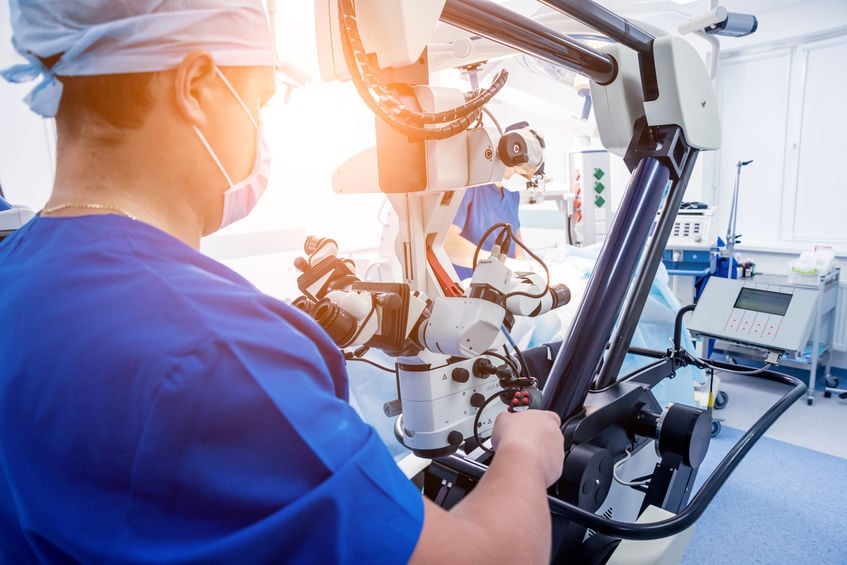Does A Fracture Always Require Surgery?
Collarbone fractures occur when there is a break in the clavicle, the long bone that connects the arm and shoulder to the rib cage. Most clavicle injuries occur during a fall or collision, especially when the individual falls on an outstretched arm. This injury is quite common, accounting for up to 4% of all fractures, and is often treated non-surgically. A doctor or orthopedic surgeon will set the bone and immobilize the arm with a sling. However, there are several instances where this approach is not enough to restore the arm and shoulder’s function. At that point, collarbone surgery is a viable option.

The type of fracture matters
Since the clavicle is a long bone, a fracture can happen in multiple locations and in different ways. Therefore, the type of fracture often determines whether the patient needs surgery. Collarbone fractures are broken into 3 groups. Midshaft fractures make up almost 80% of cases and occur in the middle of the bone. This injury often responds well to immobilization. The least common type of fracture, known as a medial fracture, occurs near the ribcage and can heal non-surgically in most cases. Lateral fractures, accounting for up to 15% of injuries, may require surgery depending on the location of the injury. Along with the type of collarbone fracture, here are 3 more signs that surgery is required.
1. Severity and complexity
The location of the fracture can determine if surgery is necessary, but so can the severity and complexity of the injury. Remember, not all clavicle fractures are the same. If the ends of the bone in a midshaft fracture are severely out of place, immobilization alone cannot help. In other cases, the bone can shift out of place. These are displacements that can sometimes shorten the collarbone. Severe injury can also lead to multiple fractures in the same place. If the bone shatters in multiple places or into multiple pieces, emergency surgery is crucial for restoring function.
2. Beware open fractures
In some high-energy collisions, like car accidents, the bone can penetrate the skin. These are known as open fractures and typically require immediate surgery. Open fractures can also affect nerves, tissue, and skin. In most cases, the surgeon will perform an open reduction internal fixation (ORIF) procedure to set the bones back into place using metal pins and screws to hold the collarbone in place. ORIF increases the chances of healing and proper use of the arm in the future.
3. If non-surgical options fail
When people with fractures pursue non-surgical treatment, the expectation is that the bone will fuse and heal naturally. However, there are cases where this approach fails. The bones aren’t aligned enough to heal, or there is additional ligament damage. During this time, the patient may experience more pain and discomfort. Surgery can address this pain and provide a basis for improved healing.
Surgery may be the answer
Most collarbone fracture cases do not need surgery. However, in severe cases, such as an open fracture, compound fracture, or major displacement, surgery can help. The medical team will ensure the bone is set and use surgical tools to keep the bone in place. Over time, the bone should heal, and the patient can resume using the arm without issue. If a clavicle fracture is suspected, seek an immediate assessment to determine if surgery is necessary.
More Articles from MVSC
April 15, 2024
Spinal surgery is an excellent solution for lower back pain, but symptoms can return. With lifestyle changes, patients can get the most out of fusion.
February 29, 2024
Rotator cuff tears can severely limit shoulder mobility. Surgery can relieve pain and improve mobility, allowing patients better reach.
January 15, 2024
Spinal conditions in the lower back may require a procedure called laminectomy. With MIS, patients have higher success rates.
December 7, 2023
Technology has played a major role in MIS procedures. Robotic lumbar spine surgery is faster, more accurate, and highly successful.







